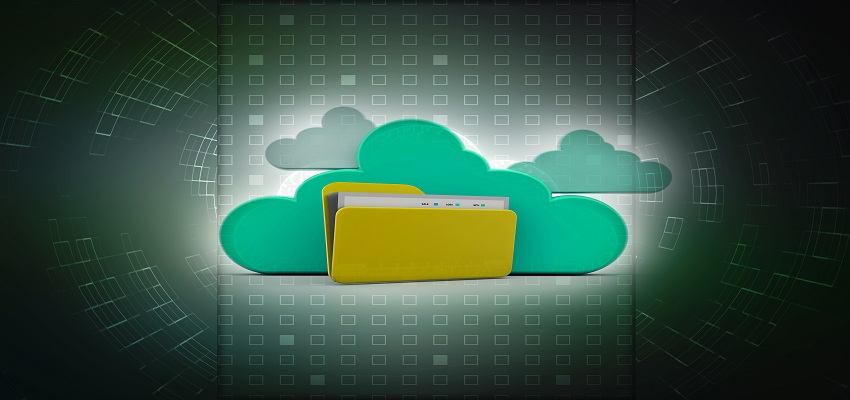The three most important trends in cloud technology we are observing are DevOps, agile methods and containerization of micro-services for deployment. Looking at the current rate of cloud adoption and the recent survey that showed cloud adoption will increase from 47 percent to 60 percent with small and medium scale enterprises driving the growth.
The factor that differentiates the container from the cloud is the fact that they are minimalistic in nature. In a virtual machine, you need a complete OS environment to be adopted within the container. In containers, they will be able to operate with a minimum amount of resources- few pieces of software, libraries, and the underlying basic operating system. This provides better resources management as each container would be a separate entity that can be deployed on a server; a server can host a number of containers than a virtual machine.
Cloud containers can be very portable in-terms of the adoption as once the container has been created and it can be deployed to different services. For software developers, the development lifecycle can easily be integrated into the container environment with ease. Different steps like development, testing, integration, and live environments will not require usual configuration.
As 2018 ends and 2019 begins, container adoption will remain at the same pace or even increase but some of the trends will be quite adaptive in the current container environment.
PUBLIC CLOUD IMPLEMENTATION WITH KUBERNETES:
Microsoft Azure was one of the first large cloud providers to push the on-premises with stack offering that also supports the Kubernetes. All the major cloud providers will follow the suit soon. Google Kubernetes Engine (GKE) on-premise provides a single view of cloud and on-premise data center clusters. Using the Kubernetes, an open-source container orchestration system will automate the deployment, scaling, and management. Originally designed by the Google, Kubernetes is maintained by the Cloud Native Computing Foundation.
CLOUD ADOPTION WILL BE INCREASING:
As we saw the IBM and Redhat deal there will be an increase in the cloud partners being adopted for better technological support. With the increased adoption of cloud, many technology companies that previously were looking to gain traction into the cloud industry will see an adoption of cloud-based tech companies.
Considering the current needs of cloud computing, we provide recent cloud computing whitepapers for the enterprises.
HYBRID CLOUD ADOPTION WILL STILL REQUIRE SOME TIME:
The adoption of the multi-cloud has become a major reality but what we see in terms of the operation that’s far from the actual vision. Using the Kubernetes it’s possible for the apps to move towards the cheapest or fastest executive path that’s possible however the basic reality is currently preventing from the grand vision.
The current fulfillment of the hybrid cloud environment that helps realizing the complete promise of the Kubernetes is still far. A multi-cloud environment means that the containerized environment doesn’t really give the data access as multi-cloud, so each cloud is separate but same.
THE RISE OF SERVER-LESS STARTUPS:
Just as the containerization and docker resulted into the storm of micro-services and better utilization of the servers, with server-less we could see a force of tooling industry dominating the cloud environment. Startups that provide tools for different purposes covering security to performance management to multi-cloud will see a rise.
SHIFTING INTO THE CONTAINER ENVIRONMENT:
Containerization is speed-up the transfer of environment that lets virtual machine being converted in the container environment. Using the container technique different virtual machine will be stuffed in the container; in fact, it’s even called as Container-native virtualization.
The year 2019, will be the year we will see the adoption of cloud containers for better management of the data inside the private and public cloud. With policy-based optimization for the better offering of the computing capabilities and implementing the automation in the VM management. The new adoption of Containers-as-a-Service (CaaS) and Serverless-as-a-Service (SaaS) will be the basic cloud computing feature offered in a complete storyboard.
If we look towards the journey of virtual servers from physical servers it took over 10 years and the journey continued to break down into smaller chunks of computing. Over the last 2 years, the adoption of the cloud has been increasing as it’s resulting in better resource management and server-less computing of different services.
To know more about cloud computing, you can download our Whitepapers.














